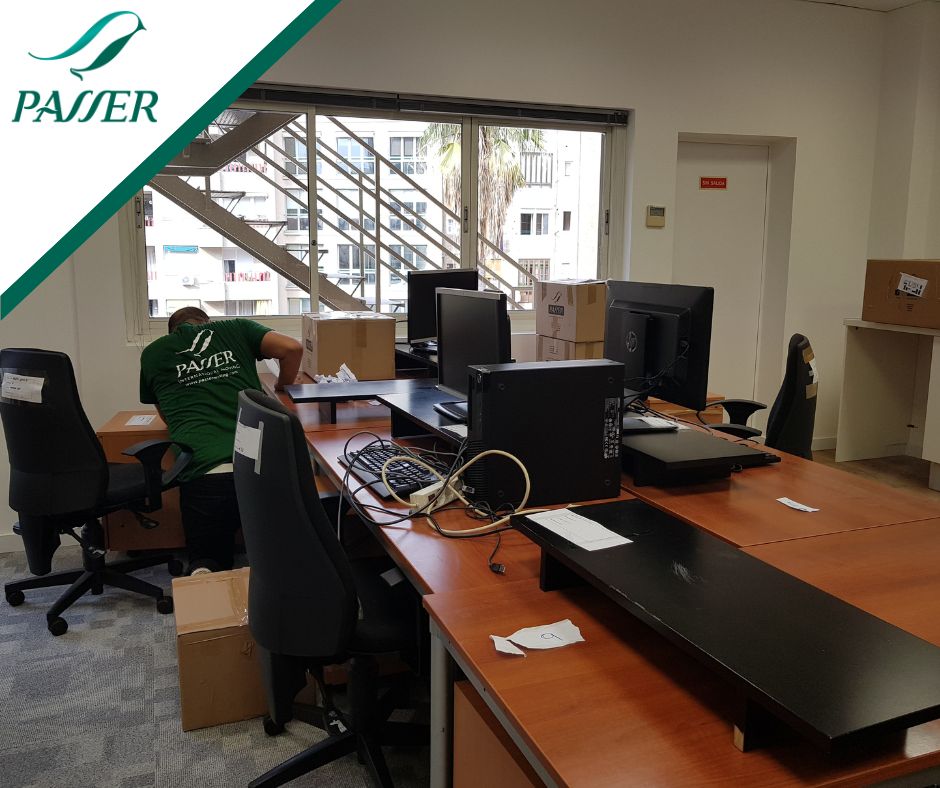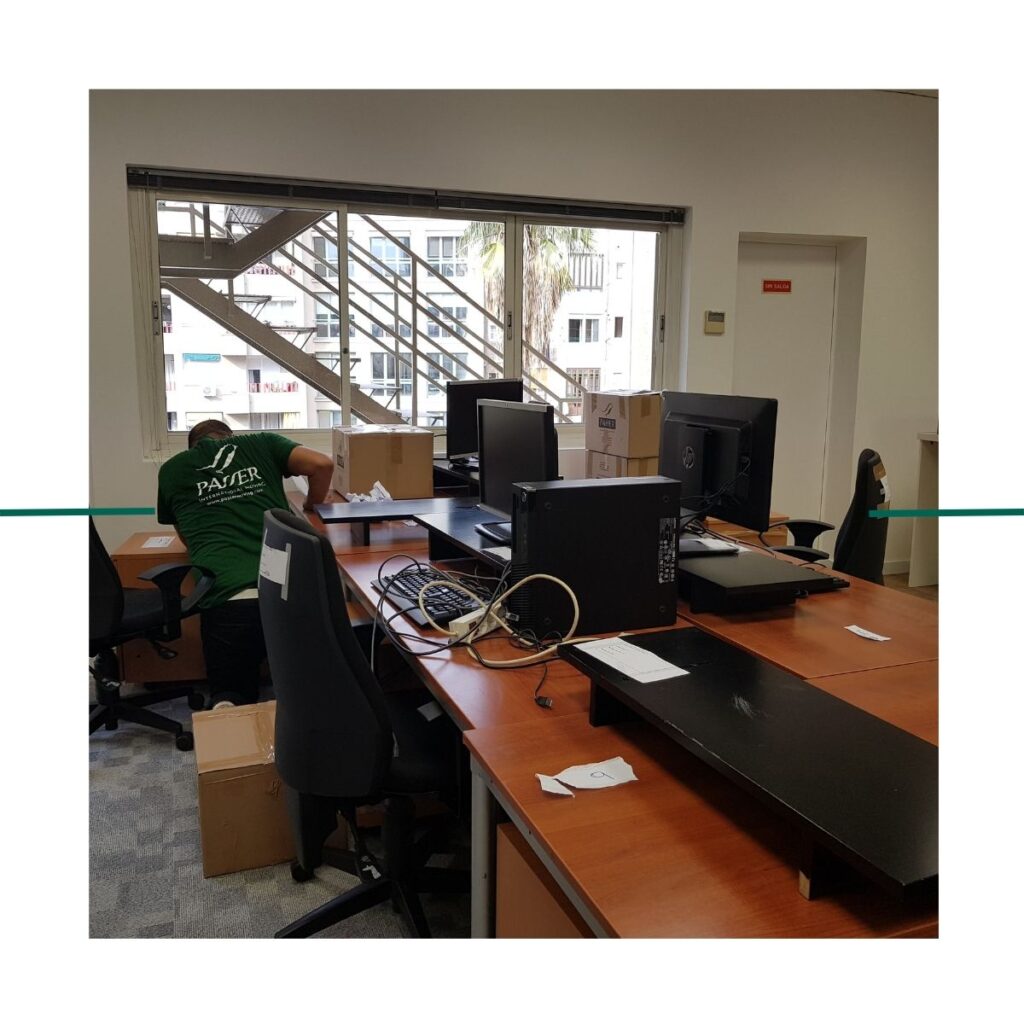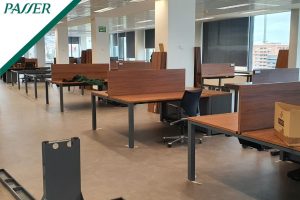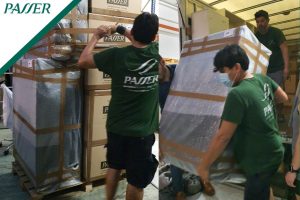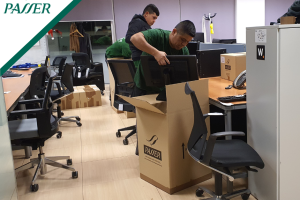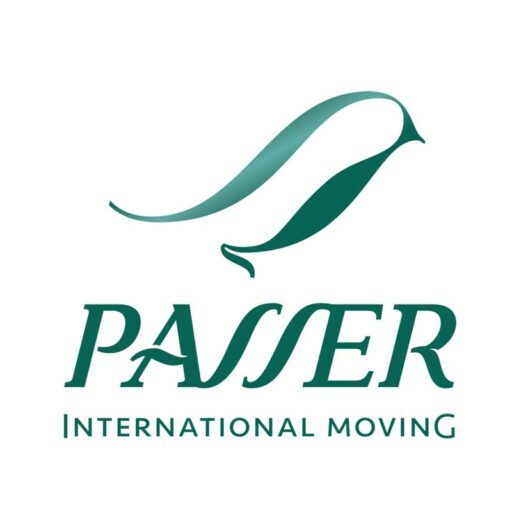Moving to a New Office Without Interruptions
Moving to a new office is exciting, but for a fully operational company, relocating can pose significant challenges. Can you imagine moving all the equipment, furniture, and documents without disrupting your employees' work? Although it may seem complicated, it is possible to carry out a corporate move without disrupting operations with proper planning and certain strategies. In this guide, we'll explore the essential steps for a successful move without impacting your team's productivity.
Why is it important to plan an efficient corporate move?
Corporate moves are complex processes that require careful planning to minimize the impact on the company's daily activities. A move without a good strategy can lead to unnecessary disruptions and lost time and resources. With proper organization, you can ensure a quick, safe transition with the least possible impact on workflow.
Strategies for a Seamless Corporate Move
1. Early and Detailed Planning
The first step to a seamless corporate move is planning. This includes defining all the details of the move, from the move date to the resources needed and the assignment of responsibilities.
- Set a schedule: Define a detailed schedule for each phase of the move, including packing, moving, and settling into the new space.
- Make a to-do list: Break down each task to ensure nothing falls through the cracks. Involve all areas of the company in planning to identify potential issues.
- Determine priorities: Not all equipment or documents need to be moved at the same time. Define which items are essential and which can be moved at a later stage.
2. Involve the Entire Team
A corporate move affects all employees, so it's important to involve them in the process. Informing and coordinating with the team helps maintain workflow and reduces any anxiety or stress the change may cause.
- Clear communication: Notify employees of the move in advance, including the date, schedule, and how they are expected to contribute to the process.
- Role assignment: Designate a coordination team to oversee the move. This may include representatives from each department responsible for coordinating tasks specific to their areas.
- Prepare employees: Provide employees with a list of instructions on how to pack their workstations, organize their files, and dispose of unnecessary items.
3. Move on Weekends or During Non-Working Hours
A key strategy for minimizing disruption is to conduct the move outside of normal business hours. This reduces disruption to daily activities and allows the team to quickly resume work in the new office.
- Take advantage of the weekends: If possible, plan the move over a weekend or on a holiday so your team can return to work with everything ready in the new space.
- Consider days of low activity: If a weekend isn't feasible, identify days or periods with lower workloads at your company to make the move without significantly impacting productivity.
How to Manage the Transfer of Equipment and Technology
Back Up All Data
Before moving any equipment, back up all important information to prevent data loss. Make sure each department is aware of this task and has the necessary tools to perform backups.
Hire a Specialized Technology Service
Dismantling and reinstalling equipment such as computers, printers, and servers can be complicated. Having a dedicated IT support team ensures that devices are properly moved and reinstalled in the new space, minimizing the risk of damage or data loss.
Test Systems Before Resuming Operations
Before employees return to their workstations, test all systems and equipment in the new office. This includes networks, internet connections, and internal communication systems. Make sure everything is working properly so the team can return to work without interruption.
Organization of Space in the New Office
Plan the Distribution of Furniture and Equipment
Before moving furniture and equipment, create a floor plan of the new space to determine the location of each item. Make sure each department has enough space and that workstations are comfortable for everyone.
Optimize Common Spaces
Consider designing break areas, meeting rooms, and shared spaces that promote collaboration and employee well-being. Creating a pleasant work environment is essential for your team to quickly adapt to change.
Tips for an Efficient Corporate Move
1. Get rid of the unnecessary
Moving is the perfect opportunity to clean out files, equipment, and furniture that are no longer needed. Donating or selling unused items will reduce the amount of items to be moved and simplify the process.
2. Use Temporary Storage Services
If your move is gradual or you need to temporarily free up space, consider renting a storage facility. This service allows you to safely store furniture and equipment until your new space is ready.
3. Have a Contingency Plan
It's important to anticipate potential problems and have a contingency plan in place. Define alternative measures in case of delays, equipment transfer failures, or problems installing the new space.
Conclusion
Carrying out a corporate move without disrupting operations is a process that requires organization, communication, and careful planning. From engaging your team to coordinating the transfer of technology equipment, every step is crucial to achieving a smooth transition. With the right strategy, your company can relocate without impacting its productivity.
At Passer, we have the experience and resources to help you plan and execute an efficient and seamless corporate move. Contact us for professional advice and make your move a successful experience!
Do you need to make a move? we can help you
At Passer we are always willing to collaborate

